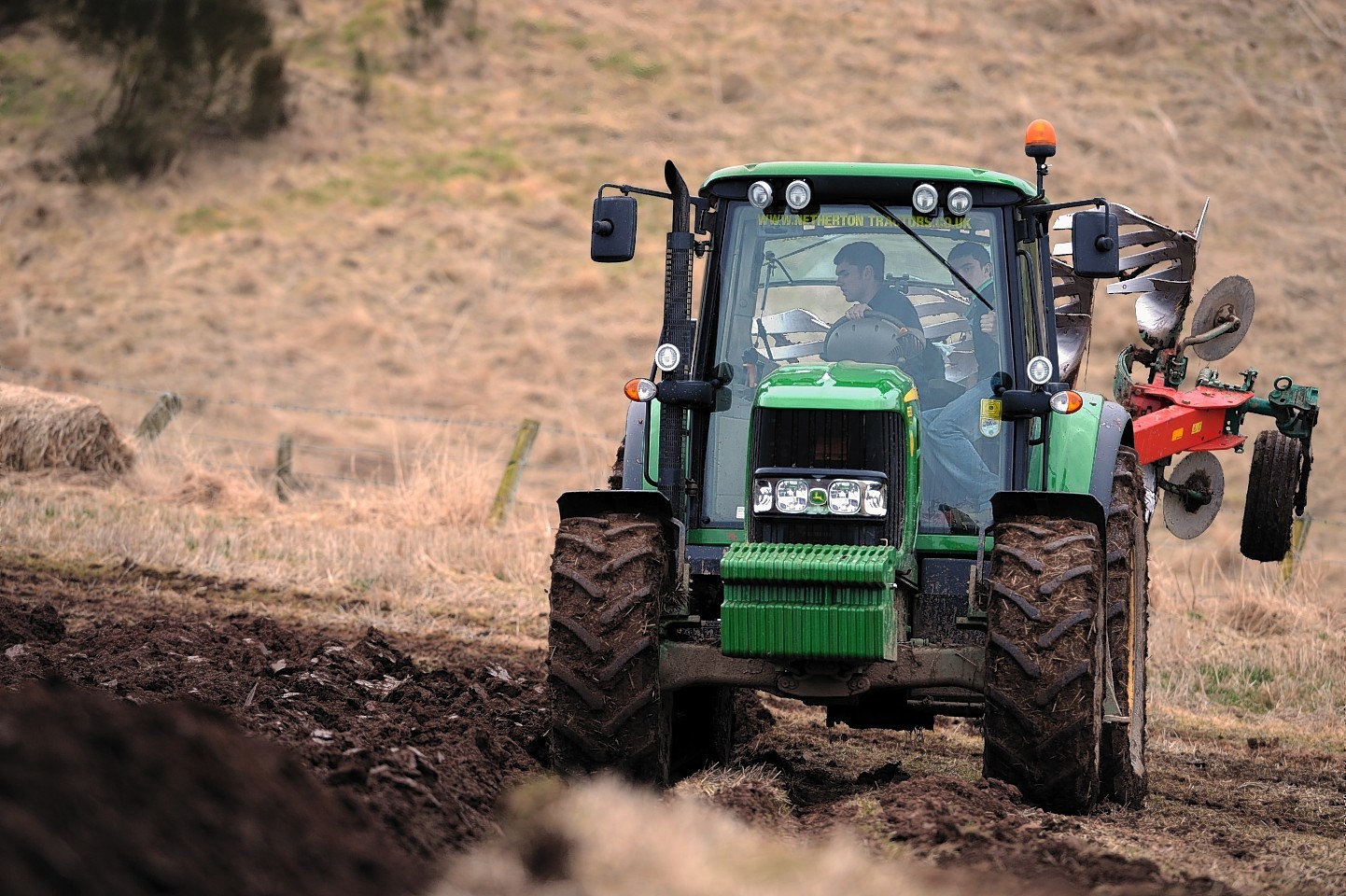The minimum wage for farmworkers could rise by 10p an hour later this year if proposed new pay rates are given the go-ahead.
The Scottish Agricultural Wages Board (SAWB) this week proposed the increase and said it would bring wages in line with increases to the National Minimum Wage, which take effect at the end of this month.
The proposal would see the minimum rate of pay for agricultural workers with more than 26 weeks of continuous employment increase by 10p an hour to £7.24 from October 1, 2015. This would bring the minimum wage for a 39-hour week to £282.36. The overtime rate for these workers would increase by 15p to £10.86 per hour.
Other proposed increases include a 20p per hour increase to £6.70 for all workers in the first 26 weeks of employment, with a 30p increase to the minimum hourly rate for overtime to £10.05.
Workers who undertake a Level 2 Modern Apprenticeship in Agriculture would see their pay increase by 6p to £4.02 an hour, while the daily rate for accommodation would rise by 34p to £5.35 a day.
The announcement comes a week after a consultation was launched into the future of SAWB.
Government is looking for views on whether or not the board should continue as it does now, be retained as an advisory body or be removed so that the arrangements for agricultural workers are determined under general employment law.
NFU Scotland has long been against maintaining the board. Chief executive Scott Walker said: “The union’s view is that the agricultural wages board was designed for significantly different times in farming. It served a useful role in the past but has now fulfilled its purpose and is no longer needed.
“Modern employment legislation such as the Working Time Directive and the National Minimum Wage cover all other sectors of industry in Scotland and will provide the appropriate safeguards and framework for farmworkers. This is already the case in England and there is no justification for the rules to be different here.”
Farmers are urged to send any comments on the proposed wage increases to the secretary of SAWB by June 30.
They can be sent to Ken Gray, D Spur, Saughton House, Broomhouse Drive, Edinburgh, EH11 3XD or emailed to sawb@scotland.gsi.gov.uk.
The wages board will meet on August 26 to discuss any comments from the industry and if agreed the proposals will go ahead from October 1.
